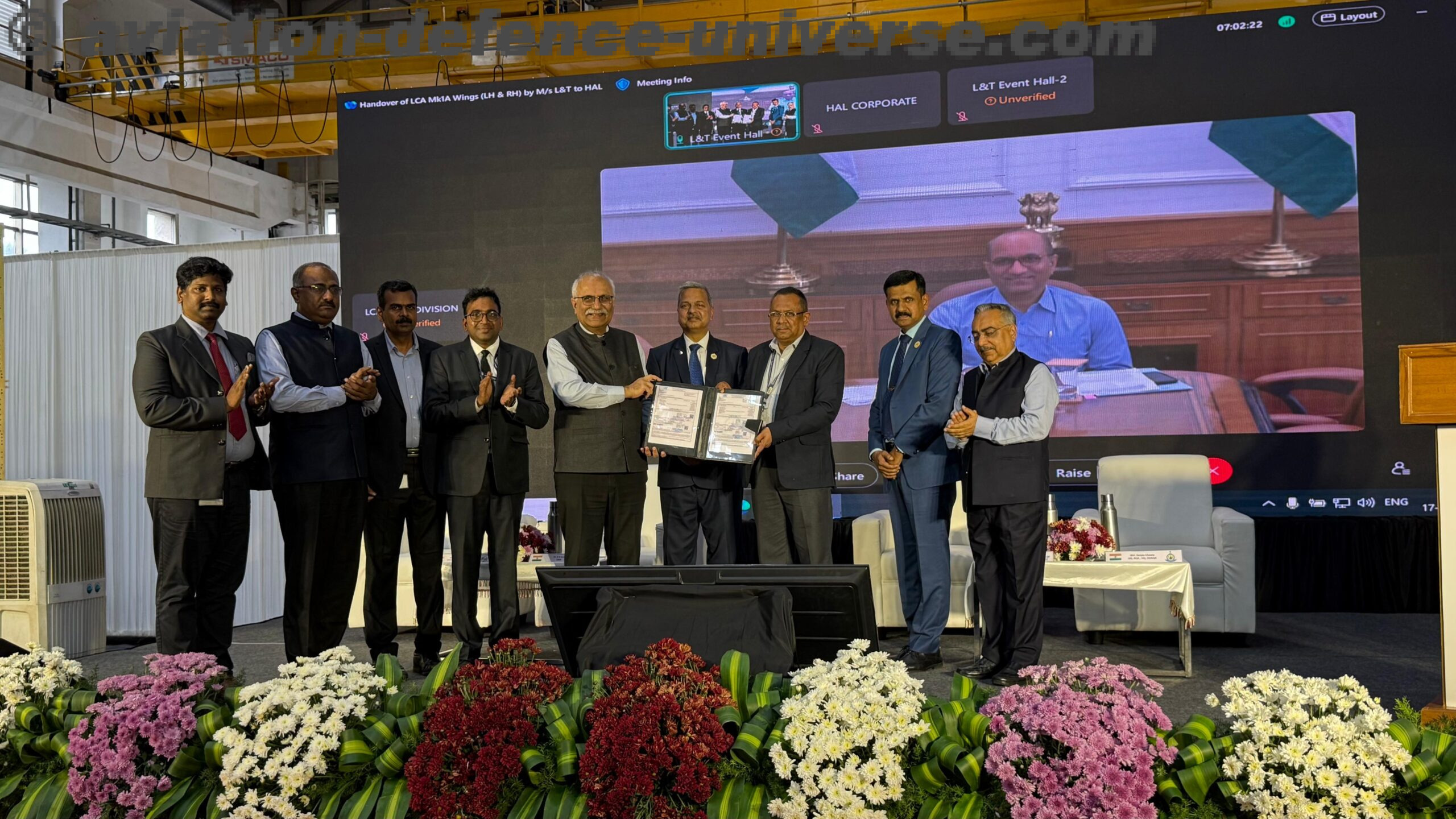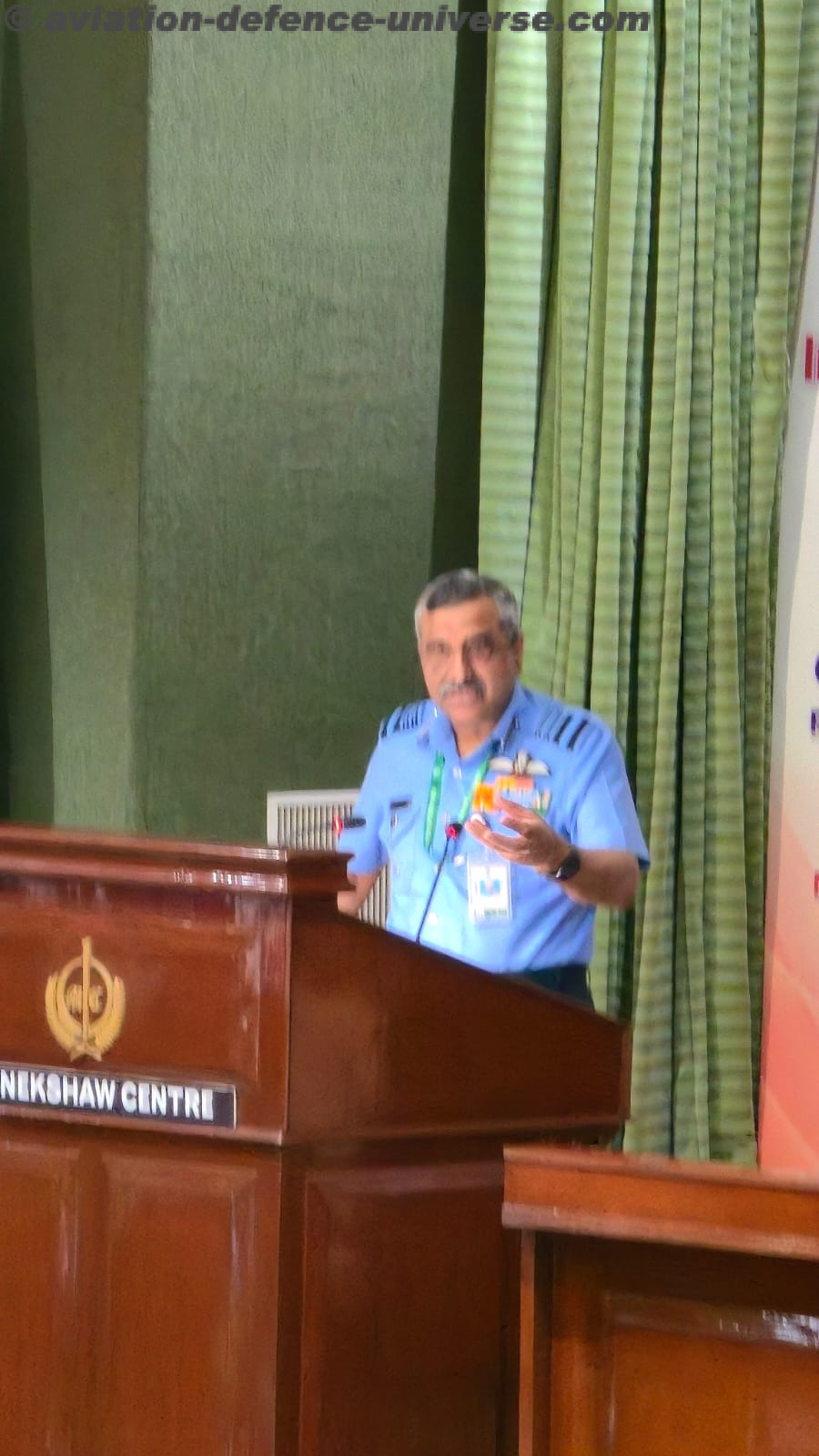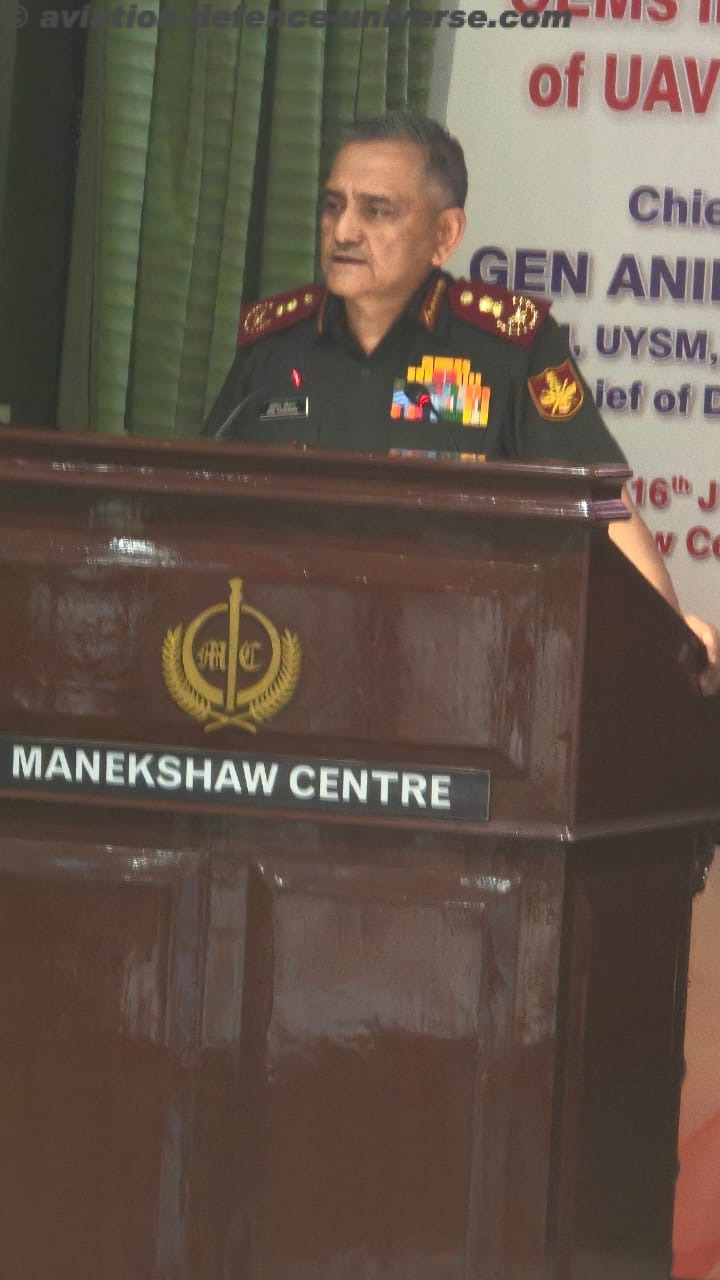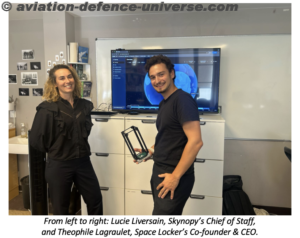- On 18 February, when the Perseverance rover lands on Mars, the Thales laser will enter service as part of SuperCam, the ‘eyes’ of the rover, to determine the chemical and organic composition of Martian rock samples.
- The Thales laser at the heart of the SuperCam instrument, which is even more powerful than the laser that has been operating for the last eight years on the Curiosity mission, will help to look for potential signs of life on the Red Planet.

Paris. 16 February 2021. On 18 February, the Perseverance rover — a key component of the Mars 2020 mission — will touch down on the Red Planet after a long seven-month voyage. SuperCam, one of seven strategic onboard instruments, is a powerful combination of technologies designed to analyse, characterise and select Martian rock samples. SuperCam is the result of close collaboration between Los Alamos National Laboratory (LANL) in the United States and the astrophysics and planetology research institute in France (IRAP, CNRS / CNES / Université Toulouse III – Paul Sabatier), with contributions from the University of Hawaii and the University of Valladolid in Spain. The Mast Unit, the French part of SuperCam located at the top of the rover’s mast, was designed and built by a consortium of French laboratories1from CNRS, universities and entities under the scientific lead of the IRAP team and under the responsibility of CNES, the French space agency. The laser supplied by Thales is a key part of the Mast Unit.
In 2012, Curiosity landed on Mars equipped with the first high-power laser to operate on the surface of another planet, a laser designed and developed by Thales for the ChemCam instrument. The ChemCam laser has been operating faultlessly for over eight years and has fired close to 855,000 shots to date as Curiosity has made its 24-kilometre trek across the surface of the Red Planet. Data from ChemCam has already helped to prove that conditions on Mars were once suitable for microbial life.
The SuperCam instrument, a new and more powerful version of ChemCam, is designed to take Mars exploration to a new level. Like ChemCam, the SuperCam laser will use an infrared beam to heat material to a temperature of around 10,000°C and vaporise it — a method called laser induced breakdown spectroscopy. Coupled with a special camera, this makes it possible to determine the chemical composition of Martian rock samples by measuring the colours of light in the plasma created.
Unlike ChemCam, however, the SuperCam laser can also emit a green laser beam, which will help determine the molecular composition of surface materials. This green beam excites the chemical bonds in samples and produces a different signal according to their various linked components. This analysis technique, known as Raman spectroscopy, will be tested for the first time on Mars and will enable scientists to detect any markers of life. The green laser will also be used to induce fluorescence in mineral and organic compounds, allowing scientists to determine their constituent components with greater accuracy.
“We’re proud to have provided NASA with the first two lasers to operate on Mars. The Mars 2020 mission is a decisive step forward in the study of the Red Planet and preparations for future expeditions. SuperCam, the ‘eyes’ of Perseverance, is the result of close collaboration between partners across the international scientific community. Thales’s SuperCam laser delivers unrivalled performance and will enable Perseverance to perform its exploration mission throughout its time on the surface of Mars.”Christophe Salomon, Executive Vice President, Land and Air Systems



























































































































